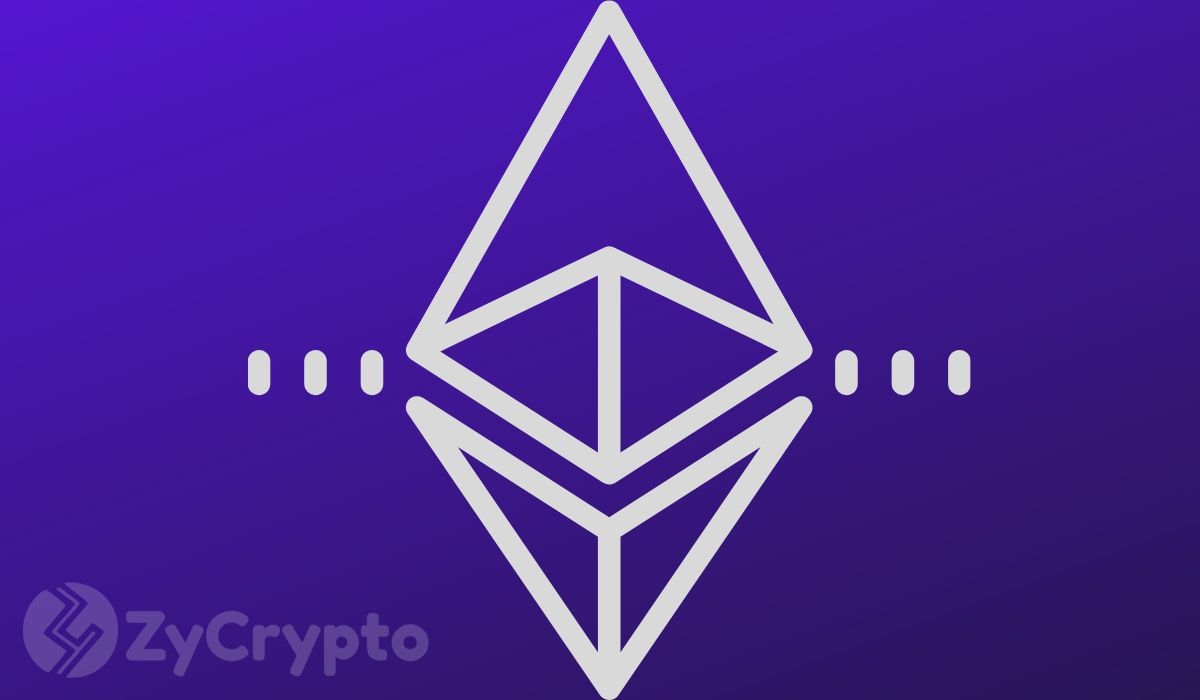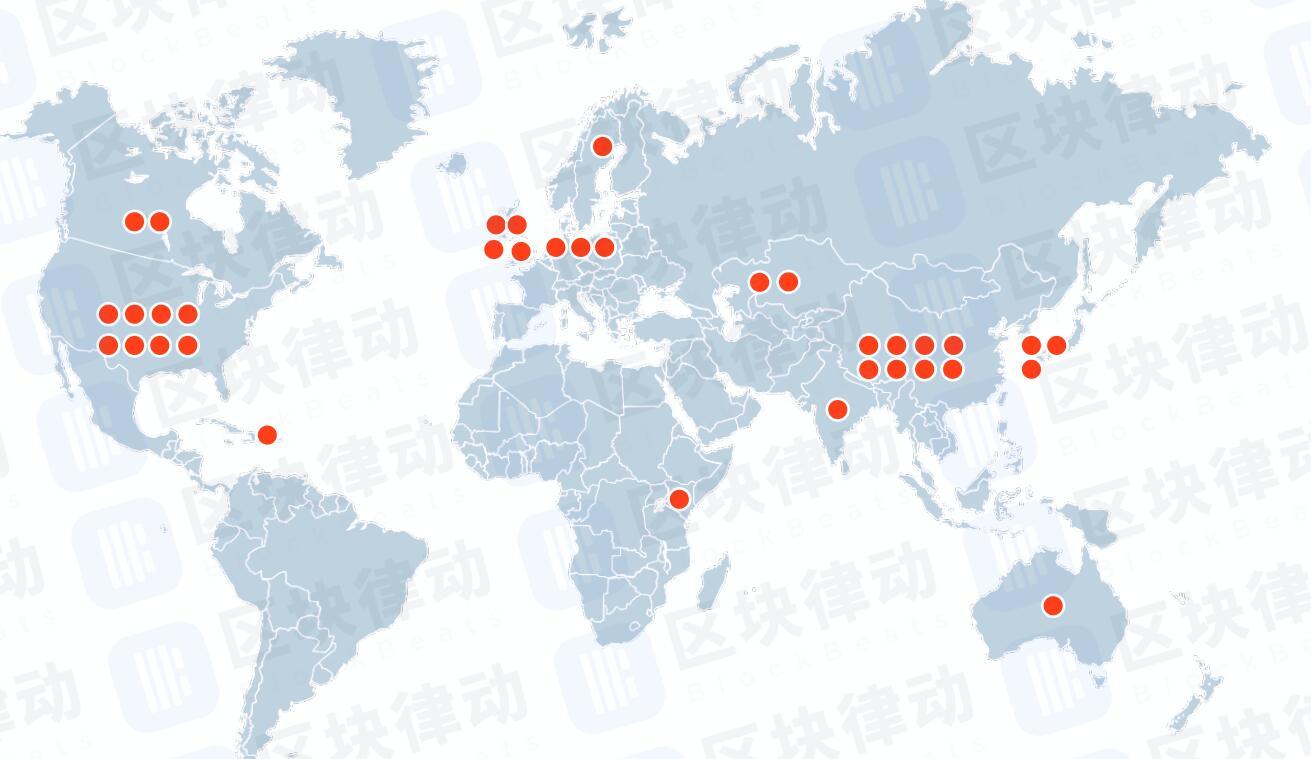
2023-2-10 20:02 |
The Ethereum foundation has called on Ethereum validators to prepare for the upcoming Shanghai network upgrade, which is set to unlock their validator balances for withdrawal.
In a community update earlier this week, the foundation confirmed that the upgrade “is expected to take place in the first half of 2023,” increasing the probability of it shipping in March, as earlier reported.
Since the launch of the staking deposit contract in 2020, validators who staked their ether on the beacon chain have been unable to withdraw despite promises of opening withdrawals after the Merge. In staking, investors lock up their tokens in escrow and help validate the next block of data. In return, those who follow the rules are rewarded with Ether, while those who attempt to cheat can be penalized.
Staked ETH Withdrawals Are ComingAccording to the Ethereum Foundation, validators will be able to access their staked ETH and unlock their staking rewards following the Shanghai upgrade. Users will also be able to exit staking entirely if they choose to do so by unlocking their full balance.
It is important to note that the shanghai upgrade will happen alongside Capella, a consensus layer upgrade necessary for withdrawals. While Shanghai will specifically be taking withdrawal requests from the consensus layer and processing them, Capella will be essential in completing the total or partial withdrawals.
To access their staked Ether, validators must provide a specific withdrawal address for their validator account. According to the update, each validator account can only be assigned a single withdrawal address at a time. Those planning to exit staking entirely will be required to broadcast a “voluntary exit” message with validator keys to initiate the process of exiting from staking. Notably, once the full transfer of ETH is completed, the emptied validator account will be flagged as fully “withdrawable”, locking it out of the validator network.
Effects of ShanghaiMeanwhile, as the Shanghai upgrade draws near, the crypto community has been questioning its possible effect on Ether’s price. According to Staking Rewards, 14.31% of all ETH tokens in circulation are staked. With withdrawals allowed, ETH’s price could face headwinds if holders sell their staked holdings. However, with the option of partial withdrawal, some validators could decide to keep their coins staked. Buyers may also rush to scoop the Ether being sold, helping stabilize prices.
“I’m ultra(sound) bullish ETH over the long term. Nevertheless, it’s hard to ignore the headwinds from withdrawals. A mere expectation of a dump may lead to a dump. But if the market is still bullish, it may be easily absorbed by the new buyers,” DeFi educator “Korpi” recently noted.
Furthermore, withdrawals will unlock a significant amount of liquidity, likely attracting more users to Ethereum. Those who didn’t want to use liquid staking protocols will now have the chance to stake ETH directly with Ethereum. Opening withdrawals will also paint Ethereum as a more decentralized network since it reduces artificial control effects on the price and circulation of ETH.
origin »Ethereum (ETH) на Currencies.ru
|
|











